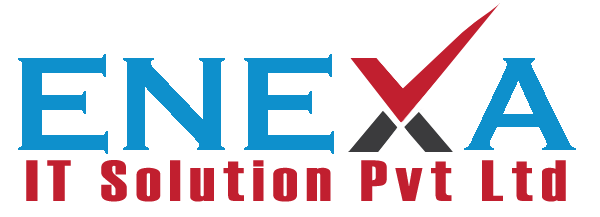Here are some key points about content management and writing:
- Strategy: content strategy outlines the goals, target audience, and key messages of your content. It helps you define the purpose and direction of your content efforts. A well-defined strategy guides the creation and management of content, ensuring consistency and alignment with your brand's objectives.
- Content Planning and Organization: Effective content management involves planning and organizing your content. This includes creating an editorial calendar or content schedule, identifying topics, assigning responsibilities, and setting timelines. Organizing content assets, such as images, videos, and documents, in a logical and accessible manner is also important.
- Audience Research and Persona Development: Understanding your target audience is crucial for creating relevant and engaging content. Conducting audience research and developing buyer personas help you identify their needs, preferences, pain points, and motivations. This insight enables you to tailor your content to resonate with your audience and provide value.
- Content Creation: Content creation involves writing, designing, or producing various types of content, such as blog posts, articles, social media posts, videos, infographics, and more. It's important to create content that is informative, engaging, and aligned with your brand's voice and tone. Conducting thorough research, using credible sources, and incorporating SEO best practices can enhance the quality and visibility of your content.
- Editing and Proofreading: Editing and proofreading are essential steps in content management. They involve reviewing and refining your content for accuracy, clarity, grammar, spelling, and style. Editing ensures that your content is well-structured, coherent, and free from errors. It's helpful to have a consistent style guide and to involve multiple sets of eyes in the editing process.
- SEO Optimization: Incorporating search engine optimization (SEO) techniques in your content management helps improve its visibility on search engine result pages. This includes conducting keyword research, optimizing title tags and meta descriptions, using relevant headings and subheadings, and ensuring proper keyword placement throughout your content. SEO optimization increases the chances of your content being discovered by your target audience.
- Content Distribution and Promotion: Once your content is created, it's important to distribute and promote it effectively. This involves leveraging various channels such as social media, email marketing, content syndication, and influencer outreach to reach your target audience. Consistently promoting your content helps drive traffic, engagement, and brand visibility.
- Performance Analysis and Optimization: Monitoring the performance of your content is crucial to measure its effectiveness and make data-driven decisions. Analyzing metrics such as page views, engagement, conversions, and bounce rates helps identify what content resonates with your audience. It enables you to refine your content strategy, optimize underperforming content, and replicate successful content.
By effectively managing and writing content, you can attract and engage your target audience, establish thought leadership, drive organic traffic, and achieve your business objectives. It's important to have a strategic approach, consistently produce high-quality content, and adapt to evolving trends and audience needs.
Technology
help you grow.












